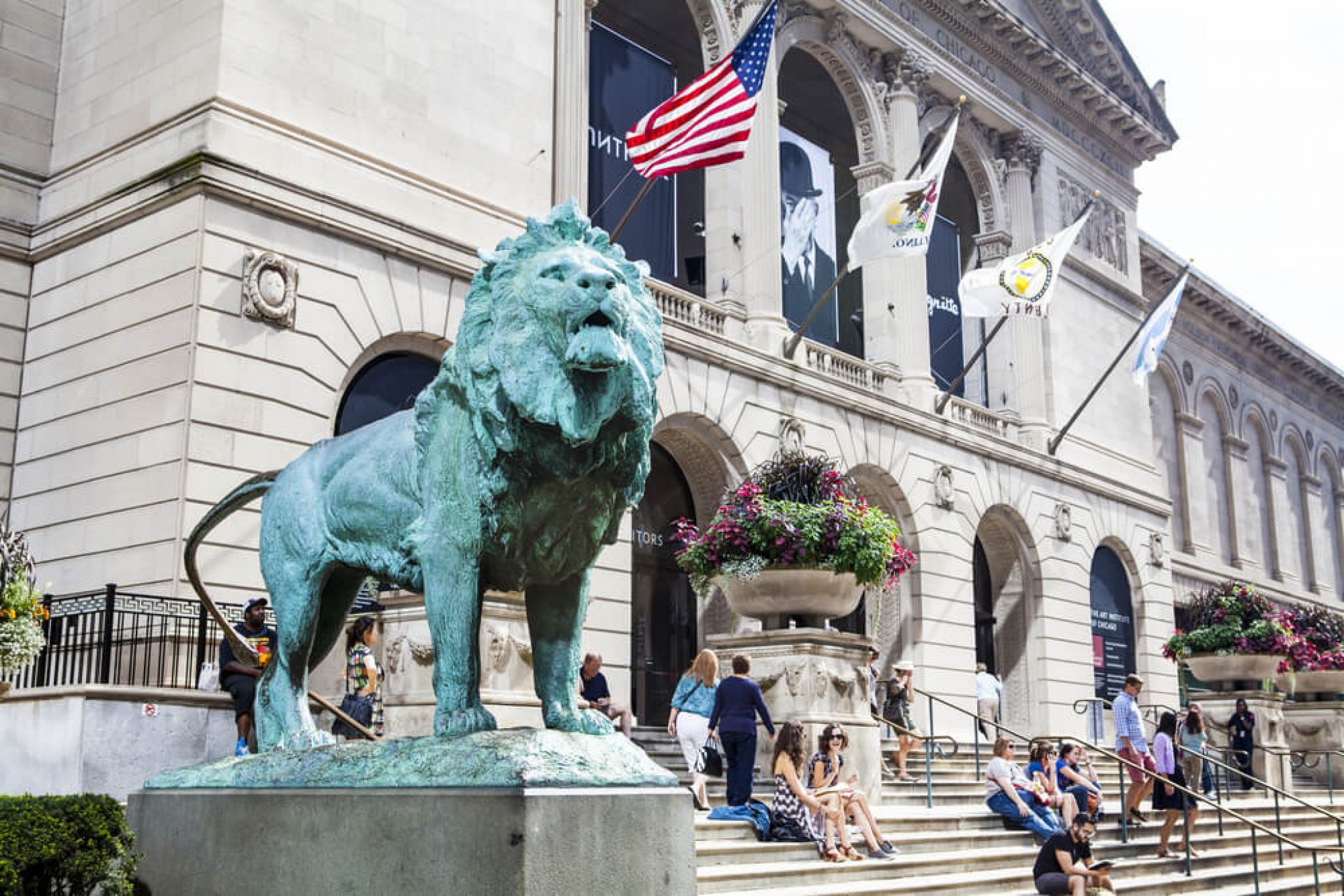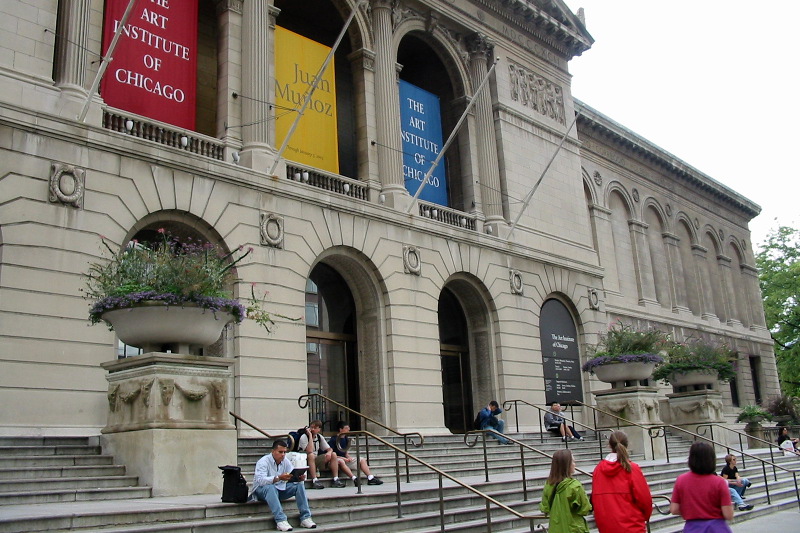

“ Malangatana’s stunning aesthetic will captivate audiences. While his first paintings show traces of the styles of European modernism he encountered in his art education and through the interaction with his mentors, Malangatana soon established his unique aesthetic, ranging from his distinct color palette to the inclusion of elements from daily life in fantastical scenes. In this period, Malangatana became active in the artistic and cultural milieu of Maputo and found his first teachers and sponsors in artists and architects João Ayres, Augusto Cabral, and Pancho Guedes. Though largely self-taught, Malangatana took painting classes in the late 1950s at the Industrial School and the Núcleo de Arte da Colónia de Moçambique (Colonial Arts Center of Mozambique)-the latter a center of artistic activity in the capital Maputo (then Lourenço Marques). Malangatana: Mozambique Modern proposes that modern art is an inherently unstable art-historical category that requires constant revision and questioning.”

Hendrik Folkerts, Dittmer Curator of Contemporary Art at the Art Institute of Chicago mentions: “ The work of Malangatana presents an exceptional opportunity for the Art Institute to think more globally and critically about international modernisms, in both our exhibition program and the museum’s collection. As such, many of the symbols in Malangatana’s paintings show the artist’s early exposure to Christian education and motifs that reference religious and cultural practices of the Ronga people to which he belonged. In choosing the subjects of his work, Malangatana took a decidedly allegorical approach, taking inspiration from local religious practices, his own cultural background, and life under Portuguese rule. Malangatana: Mozambique Modern is organized by Hendrik Folkerts, Dittmer Curator of Contemporary Art Felicia Mings, Academic Curator and Constantine Petridis, Chair of the Department of Arts of Africa and the Americas. Moreover, in this period Malangatana imbued his paintings and drawings with social commentary and critique of the colonial situation in Mozambique. It was during this time that Malangatana developed a signature painting style, characterized by a dense assembly of figures on the picture plane, the phantasmagoric depiction of animals, humans and supernatural creatures, and a composite palette of bright and dark colors.

Opening March 21 and on view through July 5, the Art Institute of Chicago will be showcasing Malangatana: Mozambique Modern, an exhibition that brings together over 40 key paintings and drawings that highlight the years between 19. The Fountain of Blood (A fonte de sangue), 1961. Courtesy Deralf/Bangumi.Born in Mozambique, Malangatana Ngwenya (1936-2011) was a painter, a poet, a revered national hero, and a pioneer of modern African art. Join Andrew Bolton, the Wendy Yu Curator in Charge of The Costume Institute, on a tour of the exhibition Karl Lagerfeld: A Line of Beauty.īoth videos directed by Loïc Prigent (French, born 1973) and produced by Deralf/Bangumi. (The rest of the Museum is not open during these hours.) Met Member Morning Hours: 9–10 am every Thursday, Saturday, and Sunday starting May 6. Special AccessĮvening Hours: Every Sunday until 9 pm. Bags larger than 11 x 17 x 5 in (28 x 43 x 13 cm) - Backpacks - Strollers (parking is available adjacent to the exhibition) - Liquidsįree bag and coat check is available. Access is first come, first served and subject to capacity limitations.
#Fashion art institute of chicago code
You must join the virtual exhibition queue via QR code once inside the Museum. Listen to an exhibition playlist created by Michel Gaubert, the Paris-based music supervisor who frequently collaborated with Karl Lagerfeld. To access the booklet of all large-print exhibition text, click here. Lagerfeld’s fluid lines united his designs for Balmain, Patou, Chloé, Fendi, Chanel, and his eponymous label, Karl Lagerfeld, creating a diverse and prolific body of work unparalleled in the history of fashion. Most of the approximately 150 pieces on display will be accompanied by Lagerfeld’s sketches, which underscore his complex creative process and the collaborative relationships with his premières, or head seamstresses.

Focusing on the designer’s stylistic vocabulary as expressed in aesthetic themes that appear time and again in his fashions from the 1950s to his final collection in 2019, the show will spotlight the German-born designer’s unique working methodology. The Costume Institute’s spring 2023 exhibition will examine the work of Karl Lagerfeld (1933–2019).


 0 kommentar(er)
0 kommentar(er)
